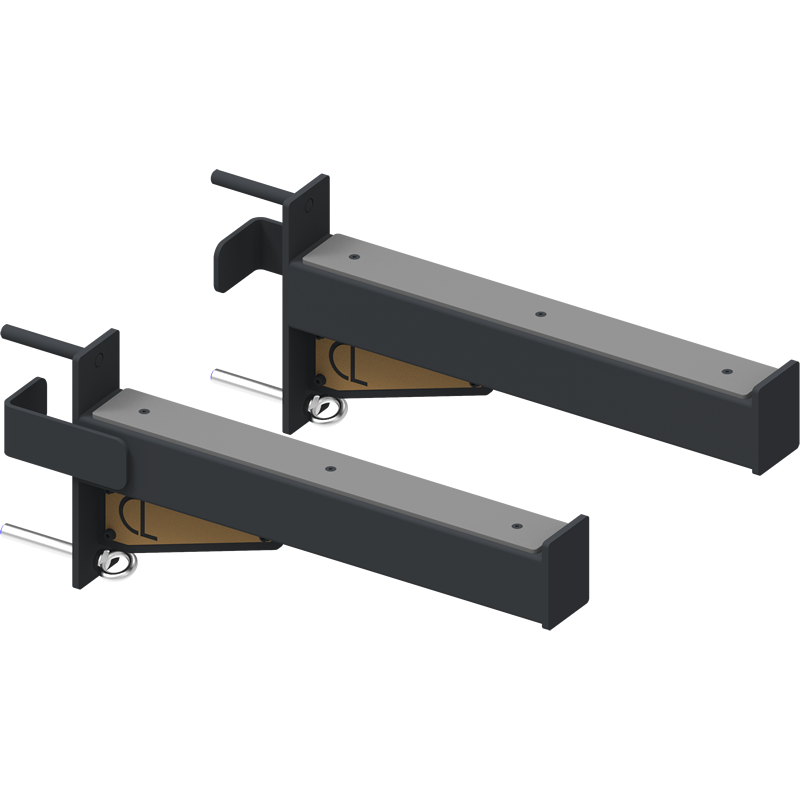

Some were detailed for use in educational films or for marking identification, but many were simply painted black to simulate a silhouette. These “ recognition models” (also known as “ID” or “spotter” models) were seen as critical to the war effort. These models likewise will be important in the training of civilians in enemy plane detection, an essential element in civilian defense.” They will be used for training military personnel in aircraft recognition and range estimation in gunnery practice. “They won’t be used in a display gallery or to show the handiwork of one’s leisure time. “Your country needs scale model planes for the emergency,” read a public call for identification models. Call for model builders during WWII via the Friend or Foe? Museum Across the country, kids were asked to create 500,000 scale aircraft models to help millions of civilians and soldiers tell friends from enemies during World War II.

Navy Bureau of Aeronautics put out a call to action, aimed not at recruiting adult volunteers or teen enlistees but schoolchildren.

If you get stuck on a level, the Full Access option allows a quicker game progression by revealing the correct answer and an image of the real vehicle.Following the 1941 aerial attack on Pearl Harbor, the U.S. Service history, weight and dimensions data, armour and armament details provided for each vehicle. Hundreds of questions with different levels of difficulty await you. The shape of the turret, its position on the tank's hull, the placement of the commander's cupola, the sloping of the hull, the size and position of the main gun, the number and spacing of the road wheels or bogies are all important aspects in accurate tank recognition.Ĭhallenge yourself to see how many tanks you can identify! During World War II, tank crews were issued tank recognition handbooks in order to help them spot enemies with greater accuracy and to avoid friendly fire. Correctly identifying an enemy vehicle is critical during a tank engagement.


 0 kommentar(er)
0 kommentar(er)
